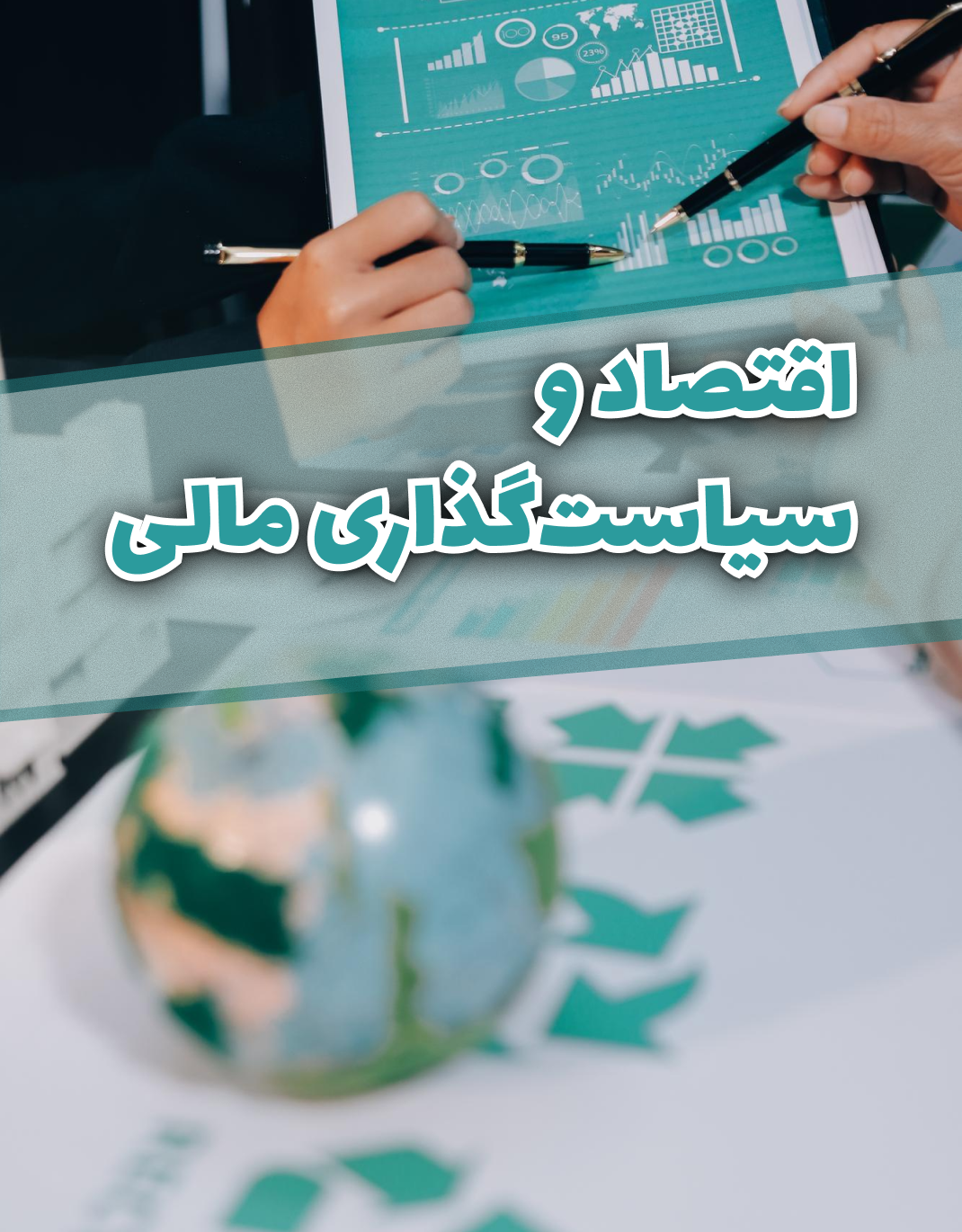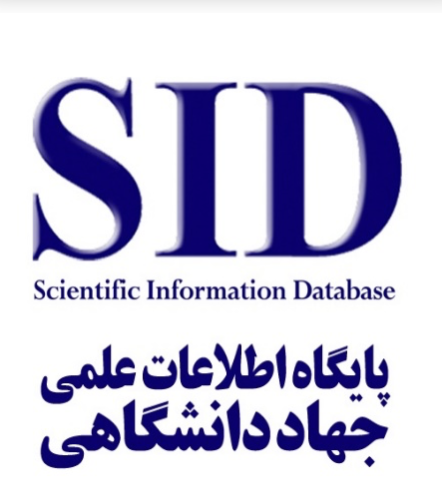Transformations in Iran’s Banking System: Challenges and Reform Strategies
Keywords:
banking system reform, banking imbalance, bank-based economyAbstract
Iran’s banking system, as one of the main pillars of financial intermediation and economic resource allocation, has faced numerous structural and functional challenges in recent decades. Using a thematic analysis approach and expert interviews with professionals in the banking and economic sectors, this study analyzes these challenges and proposes corrective strategies. Findings indicate that factors such as the traditional approach to banking, lack of diversity in funding sources, government pressure to grant mandatory loans, and banks’ involvement in non-banking commercial activities have significantly contributed to the sector’s imbalance. One of the central issues is banks’ entry into enterprise ownership and management, which diverts their focus from their core mission—optimal financial resource allocation—and leads to problems such as corruption, managerial inefficiency, and reduced transparency. Additionally, the government's dependence on banks and the emphasis on financing through them, instead of diversifying financial instruments, has led to a decline in efficiency and productivity within the banking system. Quantitative findings reveal that the capital adequacy ratio in some banks—such as Bank Melli, Parsian Bank, and Shahr Bank—has been negative, placing them in a critical situation, while banks such as Middle East Bank, Karafarin Bank, and Bank Mellat are in relatively better condition. Moreover, the accumulated losses of eleven banks exceeded 57,590 billion IRR (approximately 575.9 trillion IRR) in 2023. According to Article 141 of the Commercial Code, this level of accumulated loss indicates a potential risk of bankruptcy in these banks. To address these issues, the study proposes strategies such as revising and updating banking regulations, strengthening the Central Bank’s oversight using advanced technologies, increasing transparency in bank operations, and diversifying funding sources. Additionally, transitioning from a bank-centered to a production-centered approach and implementing genuine, targeted privatization could enhance banking performance. Establishing a credit rating system to reduce credit risks and optimize the loan allocation process is also essential. Implementing these reforms can not only reduce existing challenges but also pave the way for a more sustainable and effective role for the banking system in the country’s economic development. These reforms, alongside transparency and efficient supervision, can ensure the realization of Iran’s macroeconomic goals.
Downloads
References
Arbab Afzali, M., Nadri, K., & Tavakolian, H. (2021). A comparison of the effects of capital adequacy changes on Iran’s economy and banking system under Basel II and III regulations.
Cabinet of Ministers. (2017). Draft amendment of the Monetary and Banking Act. Tehran: Secretariat of the Cabinet.
Central Bank Monetary and Financial Research Institute. (2017). The necessity of transitioning from a bank-based economy to a market-based one.
Chenarani, H., Yavari, K., Hasani, H., & Heidari Sharifzadeh, M. J. (2023). Analysis and evaluation of the imbalance in Iran’s banking system and its impact on economic growth. Economic Policy, (30).
Dehghan Menashadi, M. (2022). Challenges and barriers to implementing partnership contracts in Iran’s banking system and reform strategies. Islamic Economics and Banking.
Hari, M. (2020). Legal pathology of financial instruments and Islamic contracts in Iran’s banking system. Legal Studies Quarterly, (9).
Islamic Consultative Assembly. (2004). The Act on Regulating the Unstructured Money Market. Tehran: Official Gazette of the Islamic Republic of Iran.
Islamic Revolutionary Council. (1979). Legal bill on the administration of state-owned banks. Tehran: Official Gazette of the Islamic Republic of Iran.
Khalilou, R., Abdolhamid, M., & Rezaeian, A. (2023). Importance–performance analysis of reform policies in Iran’s banking system based on Islamic banking approach. Monetary and Financial Economics, Fall & Winter 2023.
Khatibi, M. (2023). An investigation of the causes of the Iranian banking system’s failure to gain public trust in eliminating usury. Ma’refat Journal, 32.
Ministry of Economic Affairs and Finance. (2001). Strategic reforms plan for banks: Steps toward reforming the Islamic banking system in Iran. Tehran: Ministry of Economic Affairs and Finance Publications.
Mousavian, S. A., & Meisami, H. (2019). Islamic Banking (Vol. 1): Theoretical Foundations and Practical Experiences. Tehran: Monetary and Banking Research Institute.
Nazarpour, M. N., Momeni Nejad, N., & Haghighi, M. (2017). Bank-based financial structure and its role in the emergence of stagflation in Iran's economy.
Plan and Budget Organization of Iran. (2000). The Third Five-Year Economic, Social, and Cultural Development Plan of the Islamic Republic of Iran. Tehran: Official Gazette of the Islamic Republic of Iran.
Plan and Budget Organization of Iran. (2016). The Sixth Five-Year Economic, Social, and Cultural Development Plan of the Islamic Republic of Iran (2017–2021). Tehran.
Poursafar, Z., & Masoumi Nia, A. (2022). Analysis of the relationship between bank-owned enterprise activities and economic growth in Iran. Iranian Political Sociology Monthly.
Razavi, M. (2014). Islamic banking in Iran: History, performance, and planning. Tehran: Institute for Banking Studies.
Shaghaghi Shari, V., Akbarian, R., Basirizadeh, S., & Jalalvand, A. (2024). A historical–institutional analysis of barriers to the formation of Islamic banking in Iran. Economic Essays with an Islamic Approach.
Shahabi, V., Tahamipour, S. R., Shahabi, A., & Amiri, M. (2023). The formation trend of imbalance in Iranian banks and proposed counter-strategies. Applied Economic Theories.
Shirijian, M., Farzin, M. R., Hadi-Nejad, M., & Daman-Keshideh, M. (2023). Evaluating the efficiency of interest rate policy tools in managing inflation under imbalance in the banking system based on Islamic banking requirements.
Downloads
Published
Submitted
Revised
Accepted
Issue
Section
License
Copyright (c) 2025 سیدعبداله رضوی, سمیرا بصیری زاده (نویسنده)

This work is licensed under a Creative Commons Attribution-NonCommercial 4.0 International License.


